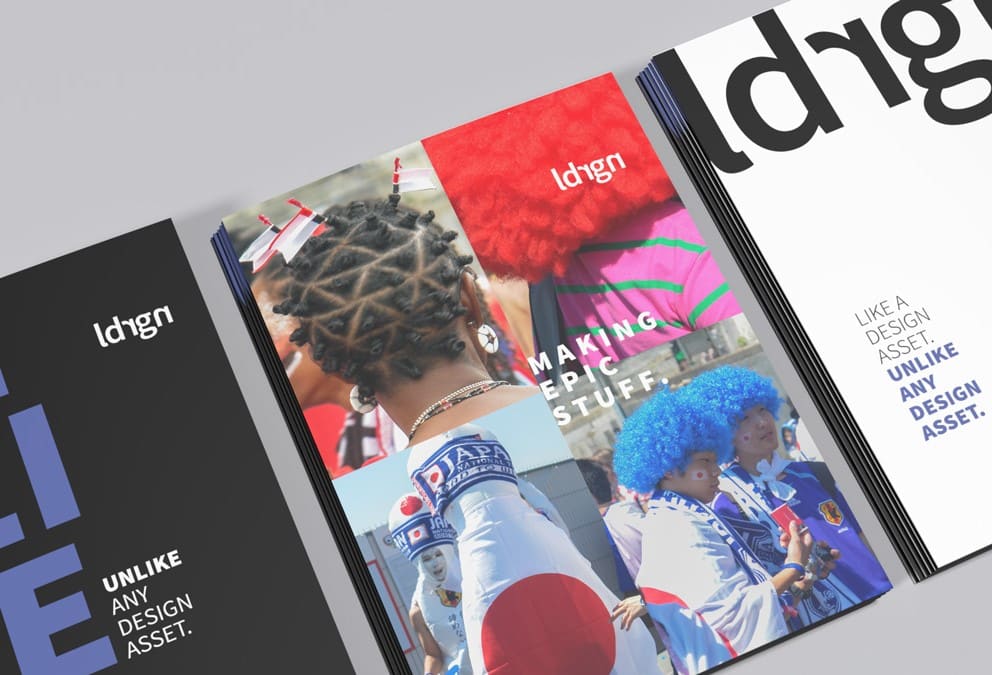996
When you start a business, you need to create a corporate design. This ensures recognition and an authentic brand experience for your customers. However, this is not just about a logo, but rather a philosophy that visually supports your business.
Create a corporate design: Why you need it
Every serious business – small or large – needs a brand identity. It’s not about a logo, it’s about the visual aspects that evoke emotions associated with the brand in potential customers.
- Corporate design provides a unified image of the company that is carried to the outside world. This includes a logo, company colours, typography and all office equipment, such as business cards and stationery, as well as your website.
- All this should be uniformly designed to ensure recognisability. This way you can stand out from your competitors, present your own values and build an image in the public eye. This will help you to gain the trust of your target group, as it will be immediately apparent that you are serious about what you do.
- Choosing a corporate design is not about choosing arbitrary colours and shapes or buying any logo on the internet. Corporate design must reflect your company’s values and evoke the emotions associated with your brand.
- This means that your potential customers are addressed on an emotional level by certain colours, the typography of your office equipment, your website. As an example, cool and neutral colours such as blue or grey stand for seriousness. Pastel colours, on the other hand, stand for lightness. A round logo shape can stand for infinity and for friendliness. A square logo, on the other hand, gives the impression of stability. Depending on your company and your plans, you should think carefully beforehand about how you want your corporate design to look.
- Corporate design is visual marketing. It should always have the same style, colours, fonts and layout. It is your company’s business card and how it is perceived by the outside world.
Corporate design step-by-step: instructions
Corporate design doesn’t just combine any colours and shapes together, but has its roots in the corporate philosophy. If you are not sure how to approach it, it is best to consult a professional graphic designer. These steps are all part of creating a corporate design:
- Analysis of the corporate philosophy: Make a note of what your company stands for. Is it a reputable construction company, a creative business that brings people joy, or are you a self-employed person who commissions interior design projects, for example? Think about how you help your customers and what makes your business stand out. Write down five adjectives that describe your brand. A mood board is a good way to help you. Find images that evoke the emotions associated with your business. This will give you a visual aid for analysis.
- Design logo: Based on the results of the analysis, it’s time to design the logo. This must be unique. A potential customer should feel what your company is all about from the first glance at the logo. The right shapes and typography therefore play an important role. If you are serious about your business, a so-called custom logo that you can buy on the internet is not the right thing. It must be unique to ensure recognisability.
- Colours: Colours that make your company recognisable are equally important. The colour concept should equally arouse the emotions associated with your brand. To do this, select two to five colours that you will use repeatedly and throughout your business stationery. The colours are used consistently throughout the website.
- Typography: Select a maximum of three lettering styles that harmonise with each other. These should also convey the emotions that stand for your brand. While serif fonts radiate seriousness and elegance, sans serif fonts stand for modernity. Typography should also be used throughout the stationery and website.
- Business stationery: Now design your business stationery. This includes business cards, letterheads, flyers, brochures, posters and your website. Stick to a style that stands for your brand. If you sell products, the packaging must also reflect the corporate design.

